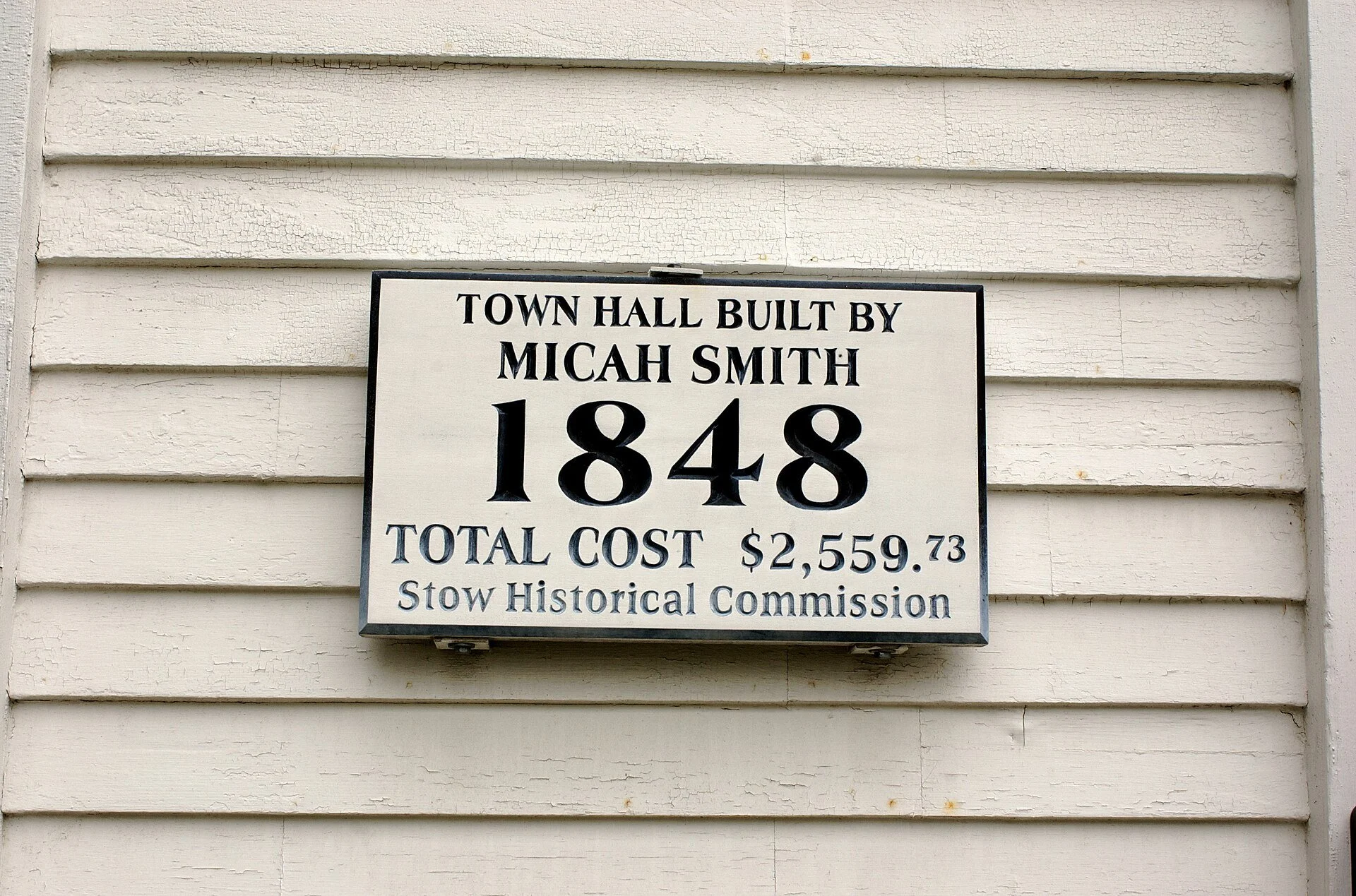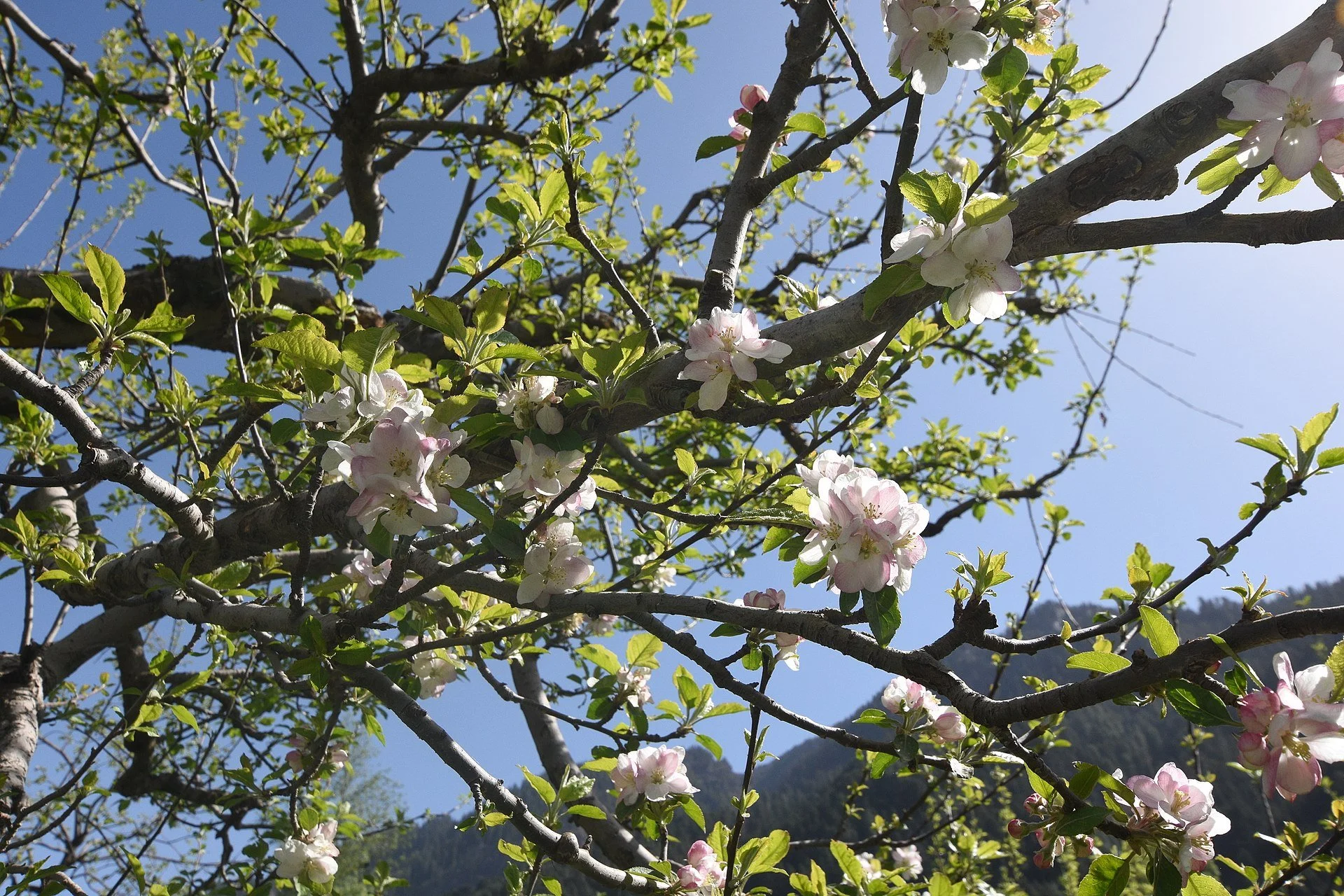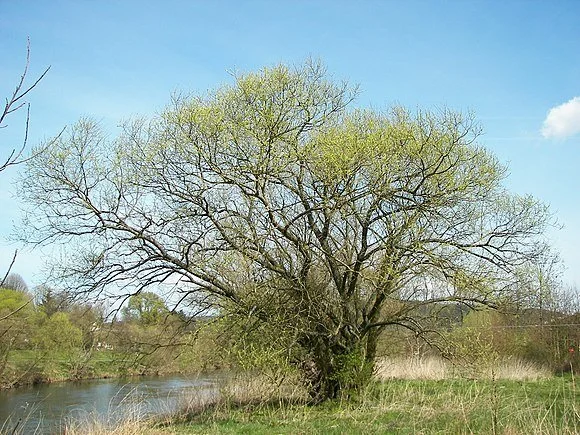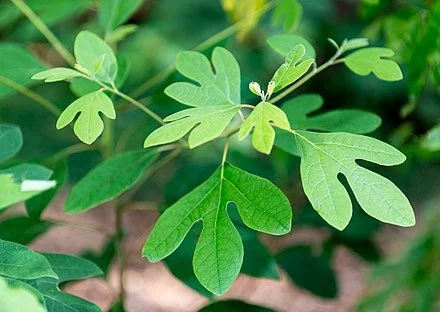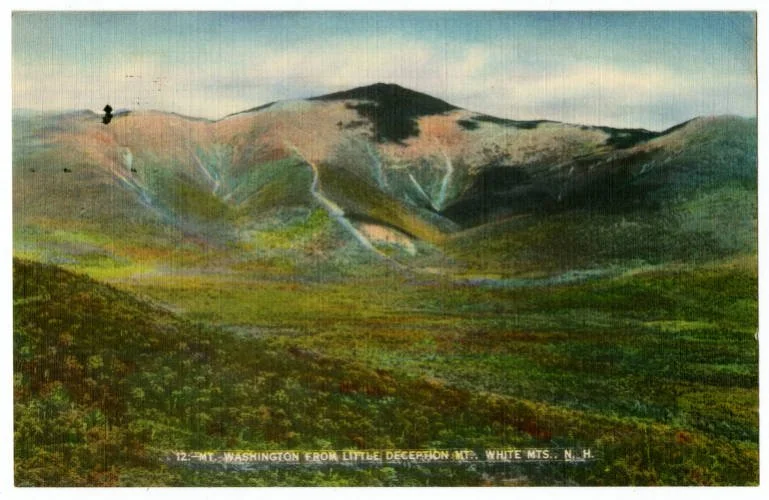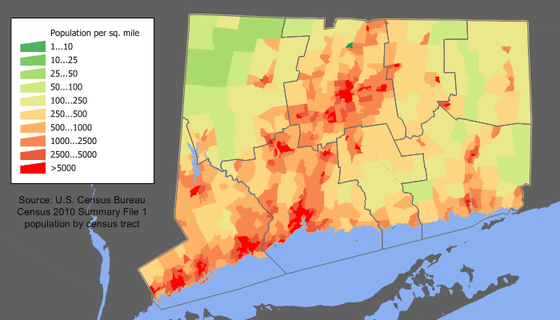From The Conversation
DURHAM, N.H.
Child sexual abuse is uncomfortable to think about, much less talk about. The idea of an adult engaging in sexual behaviors with a child feels sickening. It’s easiest to believe that it rarely happens, and when it does, that it’s only to children whose parents aren’t protecting them.
This belief stayed with me during my early days as a parent. I kept an eye out for creepy men at the playground and was skeptical of men who worked with young children, such as teachers and coaches. When my kids were old enough, I taught them what a “good touch” was, like a hug from a family member, and what a “bad touch” was, like someone touching their private parts.
But after nearly a quarter-century of conducting research – 15 years on family violence, another eight on child abuse prevention, including sexual abuse – I realized that many people, including me, were using antiquated strategies to protect our children.
As the founder of the Center for Violence Prevention Research, I work with organizations that educate their communities and provide direct services to survivors of child sexual abuse. From them, I have learned much about the everyday actions all of us can take to help keep our children safe. Some of it may surprise you.
First, my view of what constitutes child sexual abuse was too narrow. Certainly, all sexual activities between adults and children are a form of abuse.
But child sexual abuse also includes nonconsensual sexual contact between two children. It includes noncontact offenses such as sexual harassment, exhibitionism and using children to produce imagery of sexual abuse. Technology-based child sexual abuse is rising quickly with the rapid evolution of internet-based games, social media, and content generated by artificial intelligence. Reports to the National Center for Missing & Exploited Children of online enticements increased 300% from 2021 to 2023.
My assumption that child sexual abuse didn’t happen in my community was wrong too. The latest data shows that at least 1 in 10 children, but likely closer to 1 in 5, experience sexual abuse. Statistically, that’s at least two children in my son’s kindergarten class.
Child sexual abuse happens across all ethnoracial groups, socioeconomic statuses and all gender identities. Reports of female victims outnumber males, but male victimization is likely underreported because of stigma and cultural norms about masculinity.
I’ve learned that identifying the “creepy man” at the playground is not an effective strategy. At least 90% of child sexual abusers know their victims or the victims’ family prior to offending. Usually, the abuser is a trusted member of the community; sometimes, it’s a family member.
In other words, rather than search for a predator in the park, parents need to look at the circle of people they invite into their home.
To be clear, abuse by strangers does happen, and teaching our kids to be wary of strangers is necessary. But it’s the exception, not the norm, for child sexual abuse offenses.
Most of the time, it’s not even adults causing the harm. The latest data shows more than 70% of self-reported child sexual abuse is committed by other juveniles. Nearly 1 in 10 young people say they caused some type of sexual harm to another child. Their average age at the time of causing harm is between 14 and 16.
Drastic changes in behavior – either positive or negative – can be an indication of potential sexual abuse.
Now for a bit of good news: The belief that people who sexually abuse children are innately evil is an oversimplification. In reality, only about 13% of adults and approximately 5% of adolescents who sexually harm children commit another sexual offense after five years. The recidivism rate is even lower for those who receive therapeutic help.
By contrast, approximately 44% of adults who commit a felony of any kind will commit another offense within a year of prison release.
What parents can do
The latest research says uncomfortable conversations are necessary to keep kids safe. Here are some recommended strategies:
Avoid confusing language. “Good touches” and “bad touches” are no longer appropriate descriptors of abuse. Harmful touches can feel physically good, rather than painful or “bad.” Abusers can also manipulate children to believe their touches are acts of love.
The research shows that it’s better to talk to children about touches that are “OK” or “not OK,” based on who does the touching and where they touch. This dissipates the confusion of something being bad but feeling good.
These conversations require clear identification of all body parts, from head and shoulders to penis and vagina. Using accurate anatomical labels teaches children that all body parts can be discussed openly with safe adults. Also, when children use accurate labels to disclose abuse, they are more likely to be understood and believed.
One tip: Teach children the anatomical names for their body parts, not “code” or “cute” names.
Encourage bodily autonomy. Telling my children that hugs from family members were universally good touches was also wrong. If children think they have to give hugs on demand, it conveys the message they do not have authority over their body.
Instead, I watch when my child is asked for a hug at family gatherings – if he hesitates, I advocate for him. I tell family members that physical touch is not mandatory and explain why – something like: “He prefers a bit more personal space, and we’re working on teaching him that he can decide who touches him and when. He really likes to give high-fives to show affection.” A heads-up: Often, the adults are put off, at least initially.
In my family, we also don’t allow the use of guilt to encourage affection. That includes phrases like: “You’ll make me sad if you don’t give me a hug.”
Promote empowerment. Research on adult sexual offenders found the greatest deterrence to completing the act was a vocal child – one who expressed their desire to stop, or said they would tell others.
Monitor your child’s social media. Multiple studies show that monitoring guards against sexting or viewing of pornography, both of which are risk factors for child sexual abuse. Monitoring can also reveal permissive or dangerous sexual attitudes the child might have.
Talk to the adults in your circle. Ask those watching your child how they plan to keep your child safe when in their care. Admittedly, this can be an awkward conversation. I might say, “Hey, I have a few questions that might sound weird, but I think they’re important for parents to ask. I’m sure my child will be safe with you, but I’m trying to talk about these things regularly, so this is good practice for me.” You may need to educate them on what the research shows.
Ask your child’s school what they’re doing to educate students and staff about child sexual abuse. Many states require schools to provide prevention education; recent research suggests these programs help children protect themselves from sexual abuse.
Talk to your child’s sports or activity organization. Ask what procedures are in place to keep children safe. This includes their screening and hiring practices, how they train and educate staff, and their guidelines for reporting abuse. The Centers for Disease Control and Prevention provides a guide for organizations on keeping children safe.
Rely on updated research. Finally, when searching online for information, look for research that’s relatively recent – dated within the past five years. These studies should be published in peer-reviewed journals.
And then be prepared for a jolt. You may discover the conventional wisdom you’ve clung to all these years may be based on outdated – and even harmful – information.
Melissa Bright is founder and executive director of the Center for Violence Prevention Research and an affiliate faculty member at the Crimes Against Children Research Center at the University of New Hampshire
She receives funding from the Centers for Disease Control and Prevention and the World Childhood Foundation (via work with Stop it Now!).













